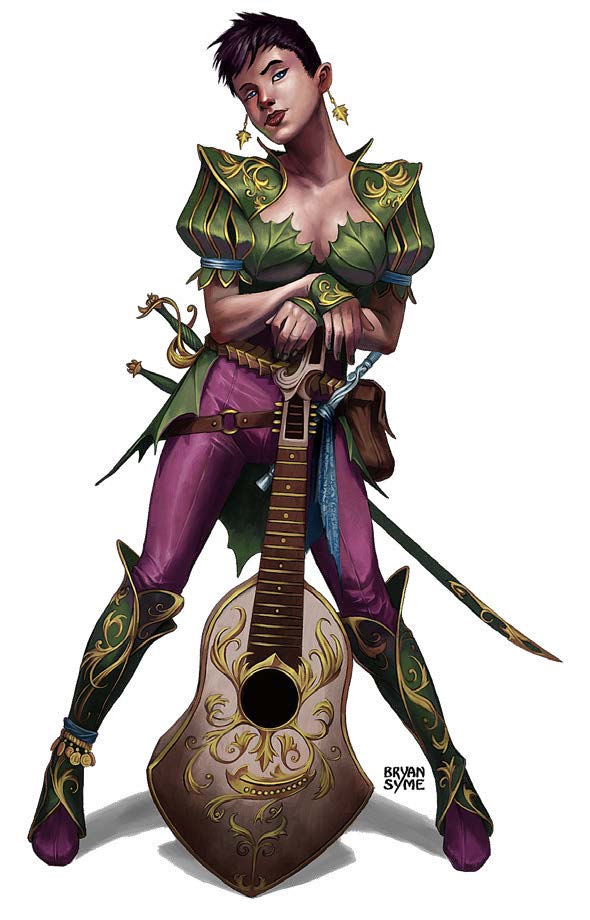 A few installments back, I mentioned that I could write an entire article on pacing’s importance. So here I am, making good on that promise! In today’s post, I’m going to talk about ways to punch up the pacing to make your shows thrilling for both your audience and your players. I’ll talk about two general types of strategies: strategies you can employ while broadcasting live and strategies you can use when you have an edited show.
A few installments back, I mentioned that I could write an entire article on pacing’s importance. So here I am, making good on that promise! In today’s post, I’m going to talk about ways to punch up the pacing to make your shows thrilling for both your audience and your players. I’ll talk about two general types of strategies: strategies you can employ while broadcasting live and strategies you can use when you have an edited show.
Exciting pacing is what keeps us hungry to consume a show. Dramatic cliffhangers, exciting action, and rapidly evolving narratives are what make serial television so thrilling. But then again, most shows made for TV or streaming have hundreds of hours to craft a final product, so how do you capture that constant action when streaming a TTRPG game live? A lot of that magic comes from the topics I’ve already covered, but there are formulas to follow that help set your show up for success. First off, structure your live recordings to mimic an episodic show. If you keep your broadcasts under two hours and reoccurring on a weekly or biweekly schedule, you make your content easy to digest. Too often, I see streamers committing to three- or four-hour games, and you can see both the energy of the cast and the chat dying with each passing minute. If you train your cast to play for less than two hours at a time, you will be amazed at how they manage to pick up the narrative pacing (way less off-topic conversations, I promise). Keeping to a regular schedule is also of vital importance to punch up pacing. If players go more than two weeks between recordings, they tend to forget what’s happening. It’s not easy to hold onto an emotional investment in a fictional character that you haven’t visited in a month, nor is it easy for an audience. So play frequently and in shorter bursts, and your live show pacing will shine in no time. That said, you must also keep in mind that playing too much can get tiresome. If you’re streaming multiple episodes a week, your audience likely won’t be able to catch up on your backlog, and you’ll lose their attention. The best way I’ve seen to strike the perfect balance is scheduling seasons of play, like popular Twitch channels Encounter Roleplay or Wizards of the Coast do.
If you are one of the lucky shows to record and then edit your content before publishing, you have many tools at your disposal to give your show thrilling pacing. The goal of editing is to step away from your content and objectively figure some things out. Such as, “If I were a total stranger listening to this, would I enjoy it?” If the answer is, “No,” cut it out. We aren’t making content for our friends and families; we are producing content for a hungry audience, most of whom we’ll never meet. The biggest culprits for boring content are in-jokes the audience isn’t in on, boring rules discussions, and indecision in combat. Honestly, if you cut those things, your show will be miles above many of those out there. Recording TTRPG games can be tricky; people often feel that it is important to preserve the “integrity” of the gameplay above all else. The quick answer to that fear is its not. Entertainment value is much more important than making sure you’re accounting for every hit point in that dragon fight. I’ll let you in on a big industry secret here: sometimes I cut out entire rounds of combat in a fight. I do that because listening to people add numbers is boring. Your audience waits through that for descriptions of the cool actions the characters are doing. There are very few people out there (if any) sitting with monster statistics in their laps, waiting for you to get it wrong. Liberally cut combat and feel free to do the same for scenes or interactions that don’t go anywhere. If a moment doesn’t add to your story or communicate something important about the characters, you likely don’t need it. And if you don’t need it, your audience doesn’t need to hear it.
There is no one cure-all to cultivate great pacing in your show, but hopefully, some of the above best practices will set you on the path. As with most things, if your players see you making a real attempt to pick up your game’s pacing, they will notice and begin to reflect your efforts. Make the commitment, shake up your format, and you’ll have a punchy product in no time.
See you next time adventurers.
___
Greetings travelers! And welcome to Beyond the Audience where we take a look at tips and tricks for building an RPG show that is loved by both your players and the larger audience beyond your table.
